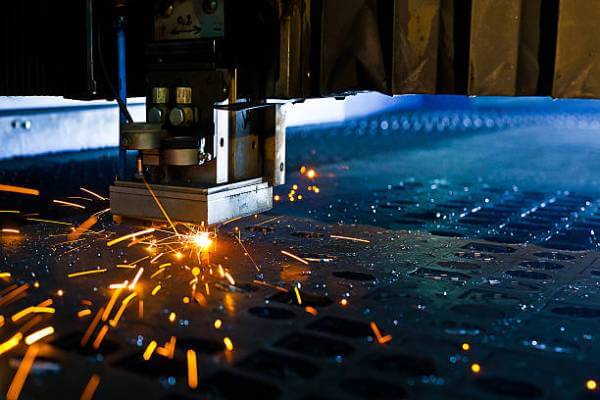
Welding Defect can affect both the interior and exterior of metal structures at any stage of the welding process. While it is nearly impossible to achieve flawless welds, reducing the frequency of these defects is essential to prevent material loss and maintain the required quality. A weld defect is any deviation from the specified size and shape of the metal structure in relation to the design and technical specifications.
The welding method, process or specific human behaviour may be the cause of the deviation. It is important to remember that some defects (such as cracks) are desirable and others are not, as long as the standard or precision is not compromised. This guide will help you understand common welding defects, their causes and how to deal with them.
Weld defects are caused by poor welding and weaken the strength of the joint. It is a factor within the welding system that exceeds the applicable tolerance. Dimensional defects cause the product to be unqualified. They can also take the form of discontinuities or material residue.
Welding defects are usually caused by incorrect welding method, material selection, capacity or machine settings (including welding speed, cutting edge and voltage). There are several ways to eliminate defects in the weld metal. In some cases the metal can be repaired, but in other cases the metal has melted and the welding process must be restarted.
These are surface or visual weld defects. They appear on the surface of the metal weld. External weld faults and defects are often detectable by visual inspection or other methods including dye liquid penetrant (DPI) or magnetic particle inspection (MPI). Common examples include cracks, nicks, overlaps, pores, spatter, etc.
Internal defects in metallic materials are usually not visible on the surface of the weld. Visual inspection and some non-destructive tests are usually sufficient to detect these defects. However, they can also be found by radiography (RT) and ultrasonic testing. Slag inclusions, incomplete fusion and incomplete penetration are common examples.
Welding defects can occur in a variety of ways, but there are two main causes. The first is excessive current, which causes the edge of the joint to melt and flow into the weld. The second is the need for filler metal in the weld. This results in a reduction in cross-section, i.e. ripples or grooves in the weld, which increases stress as the material fatigues. This defect appears at the weld toe or, in the case of a multi-pass weld, at the fusion plane. Undercuts can occur in continuous, intermediate and between multi-pass welds.
Porosity, also known as wormhole welding, refers to air or bubbles trapped in the weld. The welding process often produces gases such as hydrogen, carbon dioxide, and steam. The cross-section of a porous weld is often like a sponge with trapped bubbles. The trapped gas may be concentrated in one area or distributed evenly throughout the weld. These bubbles can reduce the strength of the welded metal joint, making it more susceptible to fatigue and damage.
The molten flux floats on the molten weld metal after absorbing the oxides on the surface of the parent metal. Therefore, part of the flux (slag) will be dissolved in the molten metal.
Cracks are the most dangerous welding defects because they can quickly develop into larger cracks, causing weld failure. Weld cracks are mainly classified based on the way they form in the weld. Transverse cracks span the width of the weld, while longitudinal cracks form parallel to the weld.
When welding butt joints, welders use a “V” preparation for thick plates and a square edge preparation for 3 mm plates. This allows the weld to penetrate the full thickness. Too deep a penetration is unacceptable.
If the weld metal does not fully penetrate the root of the joint, there is a problem of insufficient penetration.
Metal particles ejected from the welding arc are called spatter. During gas, stick or ARC welding, these particles can scatter or splash onto the parent metal. This can also occur during TIG welding, although it is less common. These welding defects often adhere to the length of the weld. They can also be used in the joint design.
Mechanical damage, known as indentations in the parent metal or weld surface, occurs due to defects arising during the welding process. Improper selection of welding equipment or techniques can cause this damage.
The breakdown of the filler material in the weld is responsible for this welding defect. The difference is in the elevation of the parent and weld metals inside and outside. Wavy or curved patches may appear on the surface of the weld.
Are you looking for a reputable partner for your parts fabrication and machining projects? Look no further. At PROTO MFG, we specialize in CNC machining and related technologies, including sheet metal fabrication, rapid prototyping, etc. Whether it is a project with a simple design or parts with complex geometries, do not hesitate to contact us today!